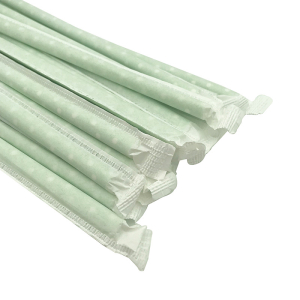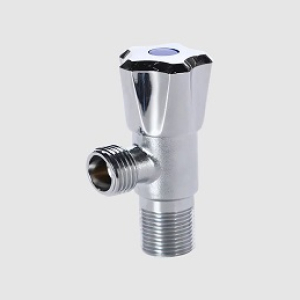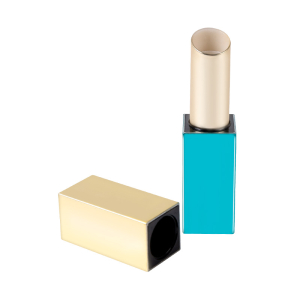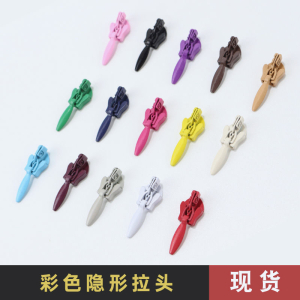The art of branding is a delicate balance of visual appeal, message conveyance, and durability. One of the most enduring and visually striking methods of brand representation is the metal embossed logo. This technique involves the process of creating a raised design or pattern on a metal surface, which not only adds a tactile dimension to the logo but also enhances its visual impact. However, the choice of material can significantly influence how a metal embossed logo appears and performs. This article aims to explore the different characteristics and outcomes when metal embossed logos are applied to various materials.
The first material to consider is stainless steel, a popular choice for its resistance to corrosion and its sleek, modern appearance. Metal embossed logos on stainless steel offer a high level of durability, as the material is less prone to scratching and fading. The reflective surface of stainless steel can also enhance the visual appeal of the logo, making it stand out in various lighting conditions. However, the process of embossing on stainless steel requires precision and high-quality equipment, as the material's hardness can make it challenging to achieve a crisp and clear design.
In contrast, brass is a softer metal that allows for more intricate and detailed metal embossed logos. The warm, golden hue of brass can add a touch of elegance and sophistication to a logo, making it an ideal choice for luxury brands. The malleability of brass also means that the embossing process can be more forgiving, allowing for greater detail and depth in the design. However, brass is more susceptible to tarnishing and oxidation, which can affect the longevity of the logo if not properly maintained.
Copper, with its rich, reddish-brown color, offers a unique aesthetic for metal embossed logos. The material's natural patina can develop over time, giving the logo a vintage or antique look. This can be particularly appealing for brands that want to convey a sense of history or tradition. However, copper is also more reactive than stainless steel or brass, and it can tarnish more quickly, which may require additional protective coatings or treatments to maintain the logo's appearance.
Aluminum is a lightweight and cost-effective material that is often used for metal embossed logos due to its ease of processing. The material's low density makes it ideal for applications where weight is a concern, such as signage or promotional items. Aluminum can be anodized, which provides a protective layer that enhances the durability of the metal embossed logo and allows for a wide range of colors. However, the softness of aluminum means that it can be more prone to denting and scratching, which may require additional protective measures.
Another material to consider is titanium, known for its exceptional strength-to-weight ratio and resistance to corrosion. Metal embossed logos on titanium can offer a high level of durability and resistance to wear, making them suitable for harsh environments or high-traffic areas. The natural gray color of titanium can give a logo a modern, industrial look, but the material's hardness can make the embossing process more challenging and costly.
Finally, the choice of material can also influence the environmental impact of a metal embossed logo. Materials like stainless steel and aluminum are often more sustainable due to their recyclability and lower energy consumption during production. Brands that prioritize sustainability may choose these materials to align with their environmental values.
In conclusion, the material choice plays a crucial role in determining the appearance, durability, and environmental impact of a metal embossed logo. Each material offers unique advantages and challenges, and the decision should be based on the specific requirements of the brand, the intended use of the logo, and the desired aesthetic. By understanding the properties of different materials, designers can create metal embossed logos that not only look impressive but also stand the test of time.






